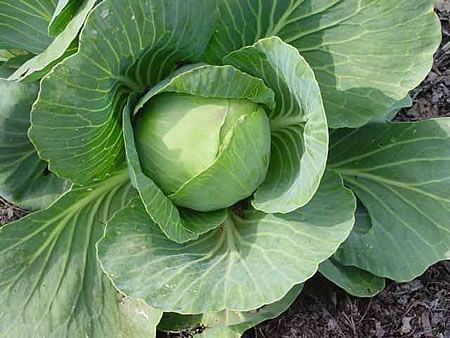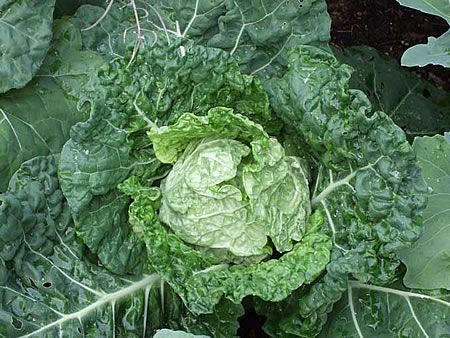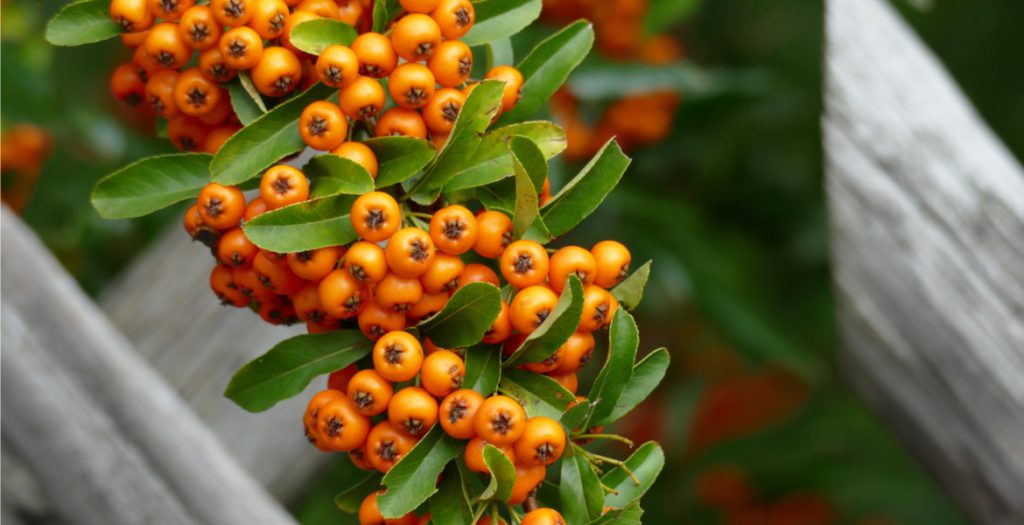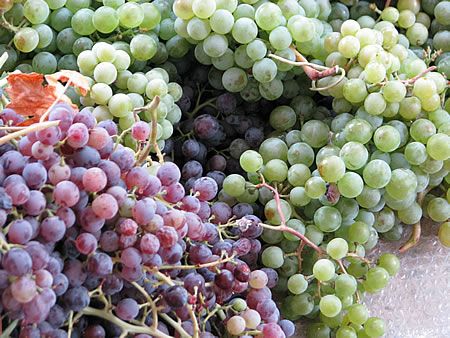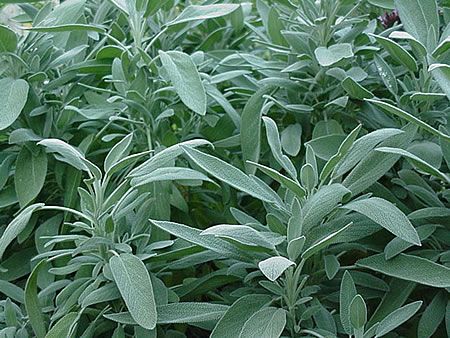How do I grow cabbage in my garden? Read the article and you will be able to grow your own delicious cabbages. It’s easy!
The cabbage (Brassica oleracea var. capitata), belongs to the same family as cauliflower and broccoli (family Cruciferae). It is cultivated for its leafy head, actually the spherical cluster of immature leaves, which is edible. Depending on the variety, the leafy head is white, red or greyish-green in color. The cabbage is closely related to broccoli and cauliflower.
In Greece, cabbage thrives best in autumn-winter and spring. However, it can also be grown in summer if you choose a suitable hybrid.
Cabbage varieties
There are many types of cabbage that differ in:
1) the size, shape and color of the head,
2) the length of the biological cycle and other characteristics.
As regards the duration of the biological cycle, i.e. the time required from transplanting to maturity, there are the following categories:
- Overripe: they mature in 55-60 days from transplanting and are usually small in size. They are used for spring cultivation.
- Early: they mature in 90 days and are mainly used for summer cultivation.
- Mid-early and mid-early: mature in 120 days and are suitable for autumn cultivation.
- Late or winter: suitable for winter cultivation.
There are the following categories according to the shape and color of the head:
- White sprouts: have a compact or fluffy head with a light green coloring and a conical or spherical shape.
- Red cabbages.
- Savoy type: greyish-green with curly leaves.
White cabbage
Red cabbage
Savoy cabbage (Savoy type)
Apart from the varieties, all types of cabbage are currently available in hybrids. Hybrids have serious advantages over varieties because they give more vigorous plants which are more disease resistant and have a uniform and concentrated production.
Suitable climate for growing cabbage
Cabbage is a plant that is more resistant to low temperatures than to high temperatures.
The optimum temperature for its growth is 15 to 18 degrees Celsius. Although it can withstand both frosts and temperatures as low as 3 to 8 degrees Celsius, many varieties are affected by a long period of temperatures below 10 degrees Celsius or above 25 degrees Celsius.
What kind of soil does cabbage need?
Cabbage can grow in all types of soil. It only suffers in acidic soils (pH must be above 5.5). For early cabbages, sandy, warm soils are preferred. For late sprouts, heavier soils that are stratified and rich in organic matter are preferred.
Fertilizer requirements of cabbage
Cabbage is demanding in terms of nutrients, especially nitrogen and potassium. It is also necessary to have the elements in relative balance because it is known that excess nitrogen is largely responsible for poor quality, poor keeping quality and cabbage bursting.
A nitrogen to potassium ratio of 1:1.5 and a nitrogen to phosphorus ratio of 1:0.5 or 1:0.4 is generally recommended.
Care should also be taken to avoid magnesium deficiency and boron deficiency (the available boron in the soil should not be less than 0.5 ppm). Cabbage is also sulphur demanding, so potassium sulphate should be applied as potassium sulphate fertilizer, otherwise sulphur should be added to the soil during basal fertilization.
Early sprouts, which generally have a lower growth rate than mid- and late sprouts, require less fertilizer.
Indicatively recommended:
- Adding manure or compost a few months before transplanting. For early sprouts 3 kg per square meter. For mid-early to late sprouts 4 to 5 kg per square meter.
- Add nitrogen at a rate of 10 to 15 units of fertilizer for early and 15 to 20 units of fertilizer for late. Part of this amount to be applied in the base fertilization and part with surface fertilization. For early crops one surface fertilization is sufficient, while late crops need two.
- Potassium is added to the basal fertilization according to the above relationships: For early, 15-22.5 units of fertilization and for late, 22.5-30 units of fertilization.
- Add phosphorus at the basic fertilization according to the above relationships: For early, 5-7.5 units of fertilization and for late, 7.5-10 units of fertilization.
Cabbage growth stages
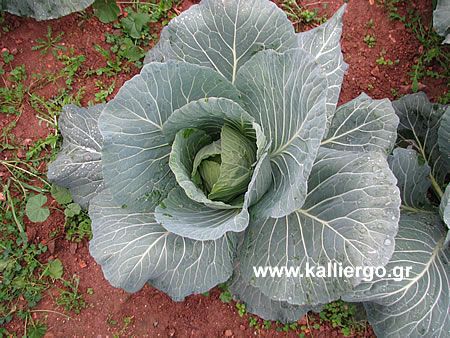
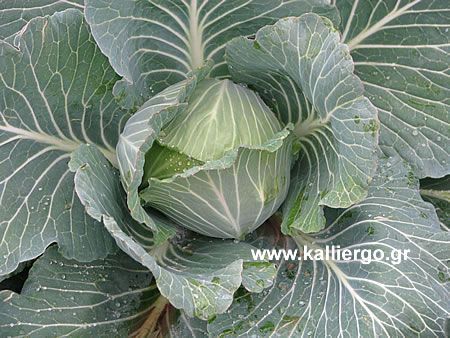
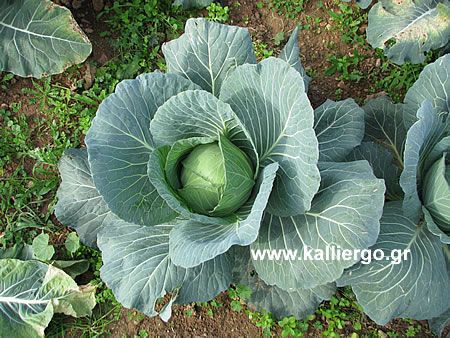

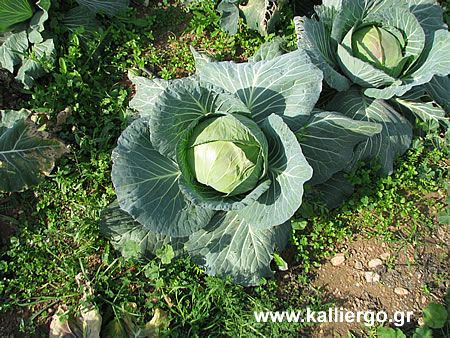
How and when to sow cabbages
We start growing cabbage by sowing seeds in a seedbed. When to sow depends on the crop we want to achieve and when we want to harvest.
For autumn crops, we sow in May or June in an outdoor seedbed.
For a winter or spring crop, sow from August to October in an outdoor seedbed.
For super-early spring cultivation, sow from January to February in a heated seedbed.
The sowing depth is 1.5 cm.
The best temperatures for seed germination and plant growth are 10-20 degrees Celsius. At these temperatures germination is completed in about 10 days and the plants are ready for transplanting in about 45 days (when they put out their 4th or 5th true leaf).
We give the plants in the seedbed, plenty of water and fertilizer. But not too much, because then a large above ground part with a weak root develops.
Before transplanting, you need to make sure the plants are hardy (get them in the sun for 1 to 2 hours every day).
The sprouts are planted in rows. Each row is 60 to 90 cm apart. Each plant in the same row is 30 to 60 cm apart.
Regular watering and fertilization are carried out as described above.
Cabbage is very demanding in terms of water.
Initially, irrigation is necessary to help establish the young plants after transplanting. Then, because of the large surface area it develops, it has high water losses (evapotranspiration) which must be compensated for by the necessary number of irrigations depending on soil type and weather conditions. Irrespective of the water requirements, the soil also needs to be well drained to ensure good aeration of the roots.
What to look out for
Cabbages need regular watering.
Cabbage heads are harvested when they have reached their normal size and while they are still compact. The grower has some flexibility and may delay cutting a little to gain weight. However, a long delay in harvesting increases the risk of tearing and rotting. Cutting too early gives less compact heads.
It is possible to preserve the cabbages for several months. To this end, the cabbages should be free of rot, not bruised and placed in the refrigerator at a temperature of 0-2 degrees Celcius and a relative humidity of 90-95 %.
In general, loose (‘fluffy’) sprouts have a shorter shelf life, which in the best conditions can be up to 3 months. On the other hand, firm, white and red cabbages have a very good shelf life of up to 8 months.
Pests and diseases of cabbage
The butterflies lay their eggs on the leaves of the cabbage. The eggs give rise to caterpillars that eat the leaves. See the relevant article: Butterfly eggs in vegetables.
To see the pests and diseases that attack cabbage, select: Grower’s Guide – Pests-Diseases.
Nutritional value of cabbage
Cabbage is a good source of vitamin C.
Cabbage contains significant amounts of glutamine, an amino acid that has anti-inflammatory properties.
Due to its low fat content, cabbage is often used as a food in diets.
Like broccoli, it is a source of Indole-3-carbinol, a chemical that enhances DNA repair and acts as an estrogen antagonist, delaying the growth of cancer cells.
You should be aware, however, that boiling reduces the levels of these substances.
Tags: CABBAGE • CABBAGES • CULTIVATE • CULTIVATION • INSTRUCTIONS

